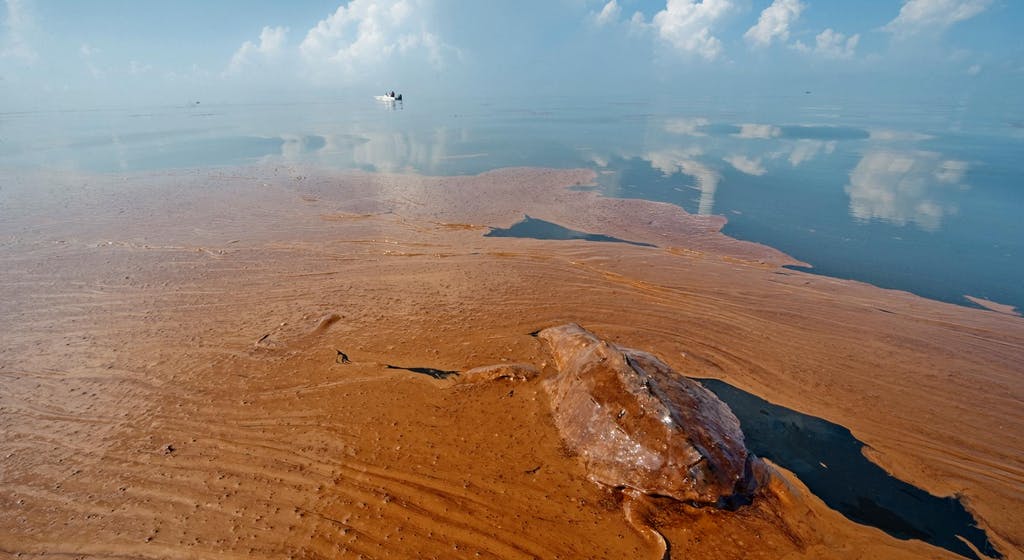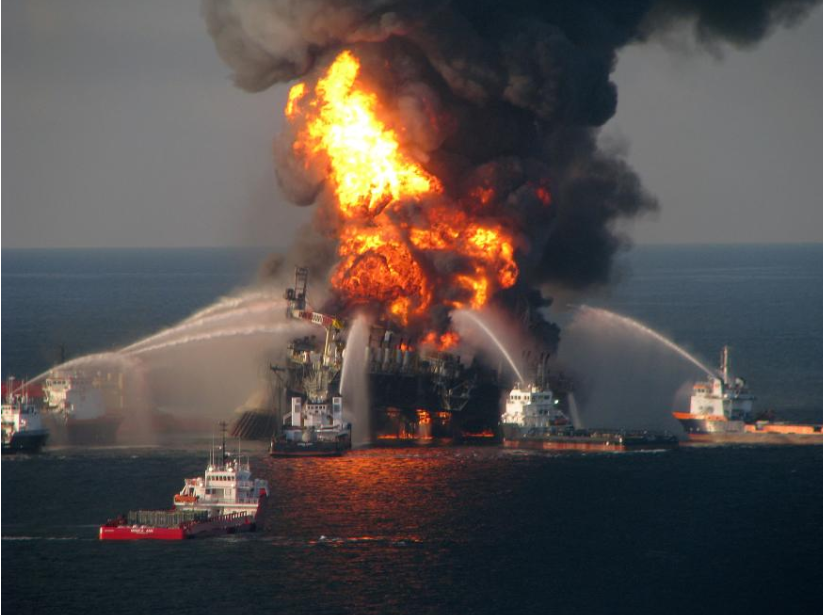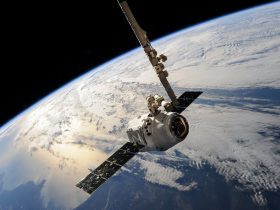As we continue to live in the devastating year of 2020, we look back almost 10 years from today and think of yet another devastating incident that continues to impact the Gulf of Mexico till today. The Deepwater Horizon drilling rig explosion and the subsequent fire leading to a massive oil spill in the Gulf of Mexico is the huge accidental marine oil spill on the planet. It had a deep environmental impact which continues. The Deepwater Horizon rig, along with the oil company BP was working offshore the Gulf of Mexico. AS they were working to close up the oil well on the seabed 4,993 feet (1,522 meters) below the surface, also extended 18,000 feet (5,486 meters) into the rock, a sudden spurt of gas (natural gas) blasted through the concrete core which was meant to close the oil well. Later it was known that a similar incident had taken place 2 years earlier in the incident and the reason being the withstanding limit of the core which poor because of the use of nitrogen gas to accelerate curing. The incident took away the life of 11 workers and also injured a few. The oil spill continued without any opposing force with around 60000 barrels of oil per day. While the incident took in April, it was estimated that by May around 4,900,000 barrels of oil had already leaked into the gulf.

The incident had a huge impact on the environment, especially marine life. There was a release of carcinogens and methane, which killed a lot of sea animals. Over a million birds who had made the gulf their habitat was killed, failing to maintain their body warmth as the oil inhibited the same. It is also believed to have impacted the groundwater in the area. Not only the oil spill had affected the environment, but also humans by causing irreparable diseases, tourism and a lot more. Even a decade later it continues to impact the surrounding ecosystems and it is believed that some may never recover at all.
Studies say that the biodiversity of the place has acutely reduced as compared to the places which had not been exposed to the oil spill. This relates to the cutting off oxygen due to the absorption of oil in the sediments. The small amount of oil that had washed to the shore also affected the wetlands and thus the vegetation, which continues till today. The spill had led to fishery closures which have kind of normalized in the present though. Today, the various tests for the number of hydrocarbons on the seafood of the region are not in excess. However, if we look at the wildlife, it is far from normal. The number of dolphins in the area is still low. The mangrove area is still not a habitat that used to shelter pelicans and other birds previously. The oil spill contamination still lingers in the area and the scientists are unaware of how long this would prevail.

Even a decade later, there is no safe way to drill oil in the area. Also, there is no certainty of the ways of dealing with the potential blowouts if any, in the future, however, some measures from the 10-year long research can be put forward to contain the blowouts. There is still an ongoing discussion or debate on what chemicals can be used to keep the oil from reaching the surface without adversely affecting life. The increasing production as demanded by the government exposes the industry to more accidents, blowouts or releases thus diminishing the safety improvements.
Apart from the adverse impacts, the ecosystem also has healed a bit in the decade. All the way, some good has also happened. Nature heals itself self and this something each individual is aware of. So did the seawater in the Gulf of Mexico. Most of the oil being evaporated, consumed by bacteria or sunken deep helped the fishing industry climb back its way. A huge livelihood that was dependent on it could stand normally. They also find oysters and crabs now. The beaches around are now notably clean than before.
No matter how much we speak of the good, the evil will always stay. The research and studies say that some systems might never get back on track like early. The damage that had been caused to the corals and fragile reefs can never be repaired or brought back to normal, for the formation of the reefs take millions of years. The returning back of marine life to how it was a decade back is still not made sure of and there is no estimation of a complete toll yet.
The disaster had taken 41 miles from the coast of Louisiana, and now at least it is believed that the most vulnerable coast has a hope of being restored or in someway be safe from further erosion ( from the steady evidence collected by researchers over the years). Research says that the oil that had spilled 10 years ago has now sunken deep to settle in the seabed. The oil is more concentrated than it was earlier. The concentration can be found in thin sheets in some areas of the seafloor while as a deep pool at some other places. The transition of oil and the shifting of the oil is still unclear and determining a long term impact and the success of the recovery process is still far from being promised on.
Discretion: We do not own any copyright over the images used.
Articles You May Enjoy Reading
Sperm From Frozen Testicles Of Monkeys, Created This Adorable Baby Monkey
Birds Behaving Drunk After Eating Fermented Berries In Minnesota
Research says, color in birds has not the only property of attracting mates






Leave a Reply